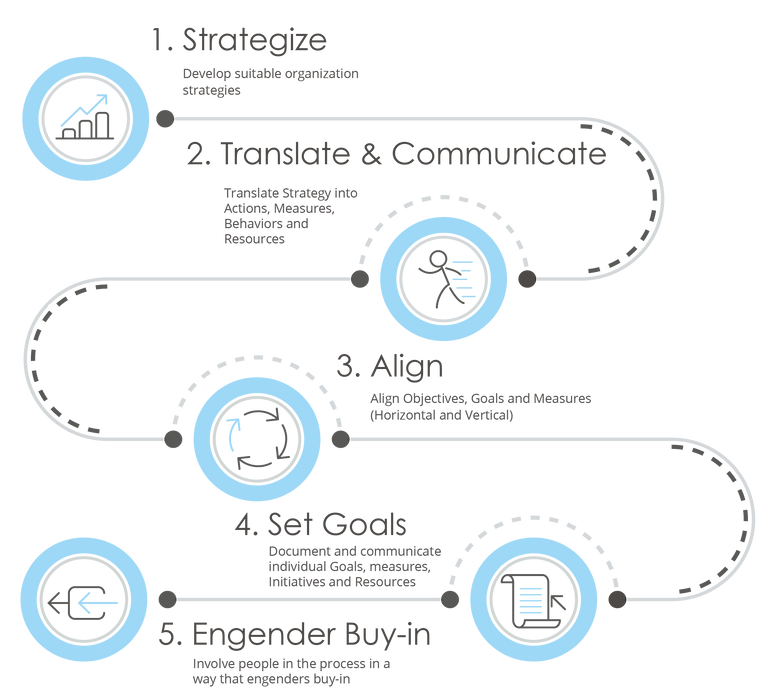top of page
experience...employee exoerience that forsters innoatio...impactful events...pic rlated to that
experience...employee exoerience that forsters innoatio...impactful events...pic rlated to that
experience...employee exoerience that forsters innoatio...impactful events...pic rlated to that
experience...employee exoerience that forsters innoatio...impactful events...pic rlated to that
experience...employee exoerience that forsters innoatio...impactful events...pic rlated to that

CREATING A HIGH-PERFORMANCE CULTURE
PLAN
PLANNING

Some of the key reasons why strategies are never implemented is that people don’t know what specifically is expected of them or how to make good on those expectations. Some are unaware of the impact their work has on the over all objectives of the organization. Others feel left out of the planning process and thereby resist implementation.
This module contains five critical sessions that help participants plan for performance in a way that engenders buy-in. Participants will apply Best Practices, Tools and Techniques to their organization’s context and walk away with learning they can immediately implement at the workplace.
Design

DESIGN

Starting with an assessment of the status quo, participants will identify gaps within the Framework, System and Implementation.
The choice of strategic framework is critical as it helps translate the organization’s Strategy into the behaviors and actions required to realize the Vision.
The Strategic Frameworks we will explore include the Balanced Scorecard and Creating Customer Capital
Participants will determine how their organization will Plan, Drive and Evaluate Performance.
The Key Areas include:
-Digitalization -Goals and Objectives
-Lead and Lag Measures
-Frequency of Measurement and Feedback
-Performance
-Conversation
-Rating and Ranking
- Managing Poor Performance
Proactive Calibration means not enforcing a particular ranking or rating after the fact. Instead it is providing the definitions, examples and measurement data to assist in consistent decision making across the organization.
Internal Controls such as “Percentage of Effectively Written Goals” help to ensure the objectivity of the system.
Even when organizations use Performance Management as the primary vehicle for Strategy Planning and Implementation, to be effective it needs to be integrated with other HR and organizational systems.
These include:
-Compensation & Benefits
-Learning & Development
-Potential Assessments
-Promotion and Career Planning
-Rewards & Recognition
Drive
DRIVIN

Driving Performance is often the difference between a Performance Management System that is either transactional or transformational.
Participants will learn how to use lead indicators to manage their business effectively; provide feedback in a manner that reinforces the right actions and behaviors; course correct when needed; and use performance data for continuous capability development.
Evaluate
EVALUATE

Regardless of the frequency of evaluation - continuous, monthly, quarterly, or annual - an effective evaluation and its documentation can help the organization as a whole learn and grow.
Performance evaluation impacts both the hard and soft aspects of an organization. Employee engagement and motivation; organizational development; and integration with other HR systems are all dependent on effective performance evaluations. Participants will learn how to effectively prepare for and manage the evaluation process as well as document the outcome.
Interested in our Services?
bottom of page
